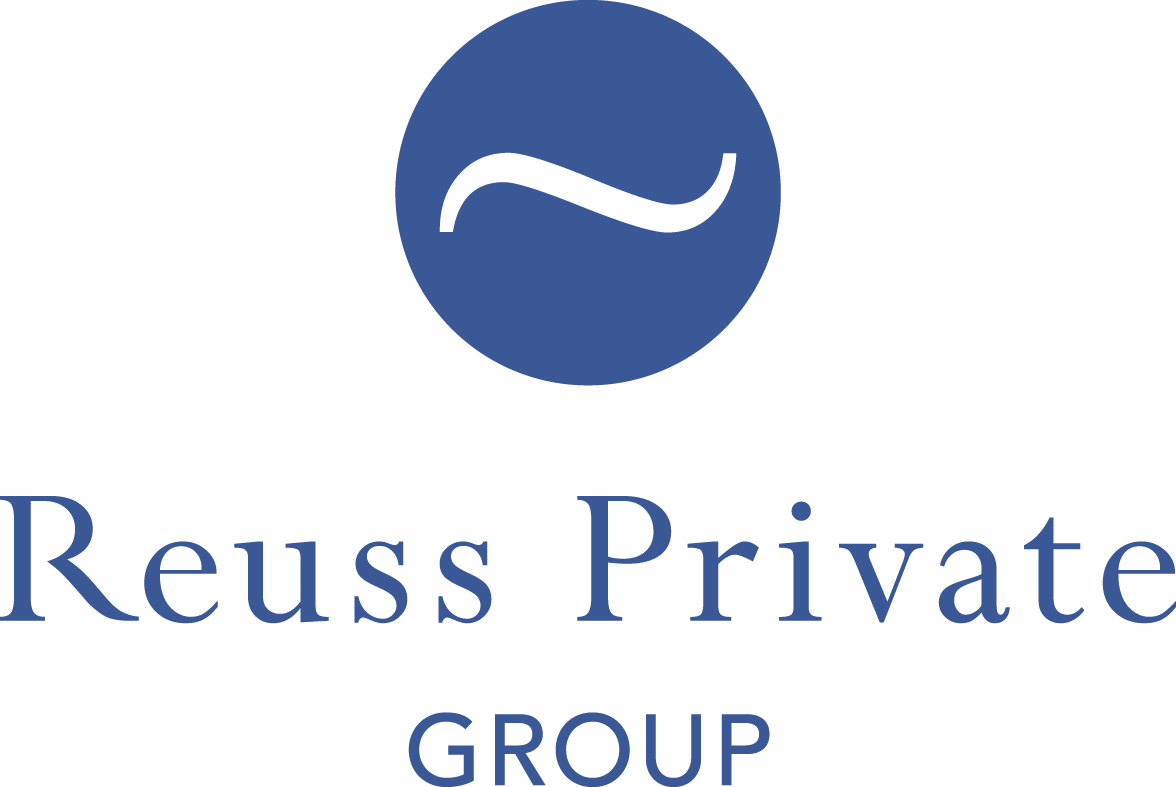Market Outlook 2023
by
Felix Ronner
Pandemic, geopolitical tensions, global economic slowdown: These factors will continue to affect and impact the markets in 2023. The forecast sees inflation rates dropping significantly over the coming quarters. In the longer term, (state-led) investment activity is likely to increase and support growth. The market conditions will therefore continue to present opportunities.
From a global perspective, high debt, demographic development and low productivity progress are causing slow trend growth. Among other things, the high level of debt results in greater inequality of distribution (Gini index), which increases the polarisation of politics. The renationalisation of social and economic policy and the stronger focus on distribution effects within states also have an impact on markets. The ongoing war between Ukraine and Russia will also prolong the existing shortages.
The economy remains volatile
The global growth slowdown is causing a moderate recession in Europe and stagnation in the US. A recovery is expected from mid-2023 onwards. Inflation rates in the US are likely to fall significantly over the next few quarters, and with some delay in Europe as well. The financial repression is likely to be severe for several years.
Tightening of monetary policy
On a global basis, monetary policy will continue to tighten for the time being, albeit at an increasingly slower pace. The US Fed is expected to end its cycle of interest rate hikes in the first quarter of 2023. While the ECB continues to raise key interest rates gradually, the Fed could already cut rates again in the fourth quarter of 2023. Provided that the energy crisis eases and the SNB tightens monetary policy to a comparatively lesser extent, the franc should depreciate moderately in 2023. At the same time, the currency remains attractive as a hedge against unexpected adverse developments.
Political risks threaten global growth
Geopolitical risks have continued to increase, with no slowdown in sight. The trend towards deglobalisation and the rise of EU/Euro-critical parties in Europe, as well as protectionist measures by the US government, lead to increased political risks. Globally, the potential for longer-term negative scenarios remains high. In particular, a renewed accentuation of the global trade war – especially between the US and China – would have lasting consequences and weigh on global growth and financial markets.
The market conditions continue to present opportunities
The long-term outlook for equities remains fundamentally positive, albeit volatile and accompanied by pronounced setbacks. Meanwhile, monetary tightening has led to valuations that are attractive with a long-term perspective.
Due to the global growth slowdown, yields on ‘safe’ bonds such as German government bonds and US treasuries will rise on a multi-year basis, but may still fall slightly over the winter. Risk premiums have risen and, in combination with an easing of monetary tightening, products with a risk premium are attractive. Carry and roll-down strategies remain important for fixed income investors.
The trend towards sustainable investments and ‘green finance’ will intensify across all asset classes in the coming years. The market environment for commodities, especially for base metals, is temporarily difficult. In the long run, however, there are attractive opportunities in precious metals.
Are you interested in the complete annual outlook? You can download it here:


